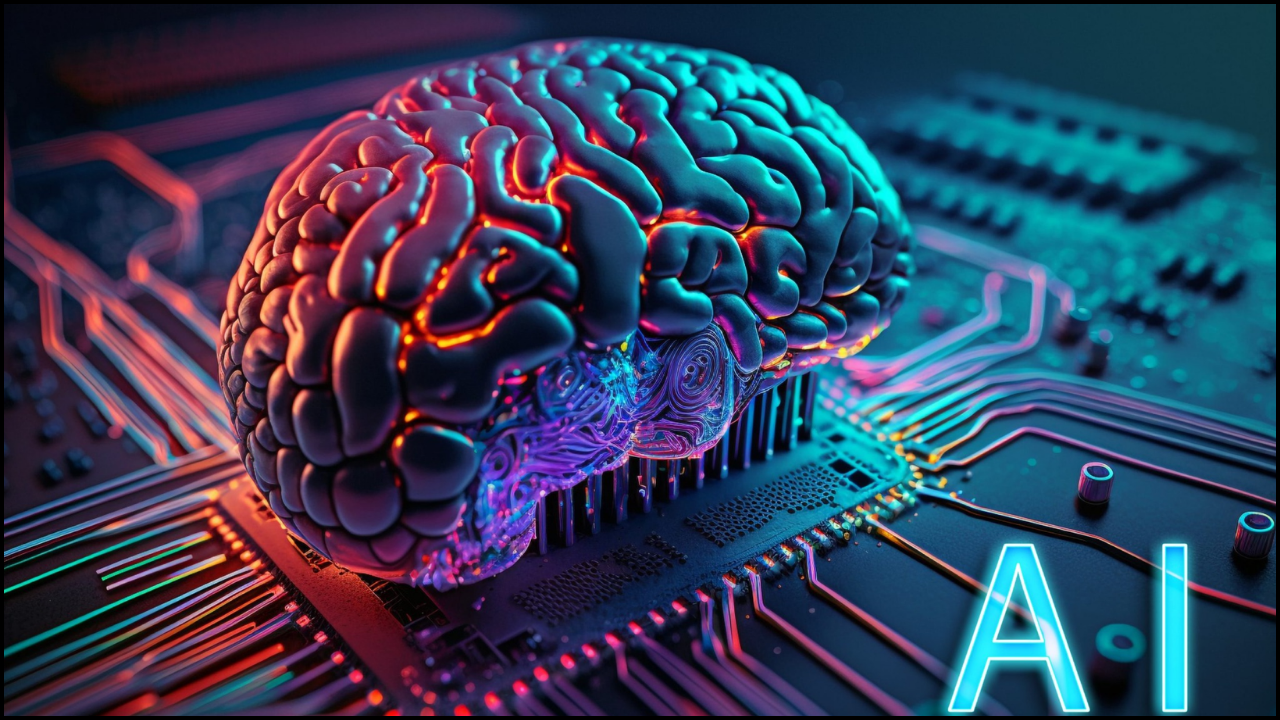Introduction: Why AI Tools Matter More Than Ever in 2025
The world of software development is evolving rapidly, and AI tools are leading this transformation. From writing code to building autonomous agents, artificial intelligence is no longer a futuristic concept—it's a day-to-day necessity for modern developers. In 2025, developers who fail to integrate AI into their toolkits risk falling behind in performance, efficiency, and innovation.
This year marks a critical juncture. Generative AI is now accessible, agentic systems are expanding, and frameworks like LangChain, TensorFlow, and Hugging Face are setting new standards. Whether you're a solo developer or part of a global tech team, staying updated with the 2025 roadmap of AI tools for developers is vital to building smarter apps, faster pipelines, and scalable automation.
In this in-depth guide, we’ll map out the most relevant AI tools, covering APIs, code assistants, MLOps solutions, trending GitHub projects, and strategies to create your personalized AI development stack. If you're looking to enhance your productivity, explore automation, or launch AI-first apps, this roadmap is for you.
Section 1: Why Developers Need a Roadmap of AI Tools in 2025
Gone are the days when coding was purely manual. In 2025, the smartest developers are those who know how to leverage the right AI tools at the right time. Having a clear roadmap gives you the edge in:
- Automating repetitive tasks
- Accelerating deployment with AI-enhanced workflows
- Building AI-powered features directly into products
Platforms like GitHub, Hugging Face, and OpenAI are rolling out developer-focused innovations at lightning speed. Trends show a sharp rise in usage of AI automation tools, especially in fields like DevOps, testing, content generation, and natural language interfaces.
By structuring your developer AI stack, you're not just using tools—you're building a future-proof workflow that boosts both personal productivity and product value.
Section 2: Core Categories of AI Tools Developers Must Know
1. AI APIs: The Building Blocks of Intelligent Apps
APIs are the fastest way to embed AI capabilities into your software without training your own models.
Popular Tools:
- OpenAI API – Language models like GPT-4 for chat, summarization, and code generation
- Cohere – Embeddings and retrieval-focused NLP
- Hugging Face Inference API – Access thousands of open-source models with one line of code
Try AI APIs today to supercharge your app with smart text, vision, or speech features.
2. Code Generation & Autocomplete
AI can now write, explain, and debug code better than some junior developers. These tools are must-haves in your IDE.
Top Tools:
- GitHub Copilot – Autocomplete with GPT-powered suggestions
- Tabnine – Context-aware code completion
- Replit Ghostwriter – Full-stack AI coding in browser-based environments
Use these AI code generation tools to speed up development and reduce cognitive load.
3. AI Frameworks & Libraries
These libraries give you full control to build custom models and pipelines.
Top Frameworks:
- TensorFlow – Open-source library by Google, perfect for enterprise-grade deep learning
- PyTorch – Developer-friendly and widely used in academia and production
- JAX – Accelerated NumPy for high-performance machine learning
Mastering these AI frameworks for developers will unlock advanced ML projects.
4. Data Labeling & MLOps Tools
Building an AI model is only part of the job. You need tools to manage datasets, versioning, deployment, and monitoring.
MLOps Tools:
- Labelbox – Data annotation at scale
- Weights & Biases – Experiment tracking and collaboration
- ClearML – End-to-end pipeline management
These automation + MLOps tools help scale your AI infrastructure without chaos.
5. Agentic AI / LangChain-based Tools
The era of AI agents is here. Tools like LangChain allow you to build multi-step workflows where AI interacts with APIs, memory, and user prompts autonomously.
Notable Tools:
- LangChain – Modular framework for building LLM-based applications
- AutoGPT – Experimental agents that plan and execute tasks autonomously
LangChain is quickly becoming the backbone of AI-native apps in 2025.
Section 3: GitHub & Open Source AI Tools to Watch in 2025
Open-source AI tools are the playground of innovation. Here are the most trending GitHub repositories this year:
- FastChat – Multi-model chat interface
- LlamaIndex – LLM-powered indexing for custom datasets
- DeepSpeed – High-performance training optimization by Microsoft
- Transformers by Hugging Face – 100K+ stars, the industry’s NLP backbone
- LangChain – Rapidly growing repo for building agentic apps
- AutoGen – Agent orchestration from Microsoft
- Tonic.ai – Synthetic data generation tool
Explore GitHub Trending for the latest innovations.
Section 4: How to Build Your Personalized AI Tool Stack
Not all tools fit every developer. Here's how to decide:
For Beginners:
- Start with: GitHub Copilot, OpenAI API, Hugging Face
- Why: Simple UI, strong documentation, community support
- Use-case: Blog generators, simple chatbots, AI-powered search
For Pros:
- Toolset: LangChain, TensorFlow, Weights & Biases, DeepSpeed
- Why: Customization, performance, multi-agent coordination
- Use-case: AI apps, data pipelines, autonomous workflows
Build your developer AI stack with pricing, community, and scaling in mind. Choose tools that align with your tech goals and user base.
Section 5: Case Studies — Dev Teams Using AI Tools Successfully
Startup Example: LangChain + OpenAI
A fintech startup used LangChain to build a conversational interface that integrates banking APIs and user memory. The system can answer questions like “What was my biggest expense last month?”
- Stack: LangChain, GPT-4, Pinecone
- Outcome: 40% reduction in support queries
🏢 Enterprise Example: TensorFlow for Image Recognition
A retail company adopted TensorFlow for product recognition in stores.
- Stack: TensorFlow + custom object detection models
- Outcome: 20% increase in inventory tracking accuracy
These real-world applications highlight why choosing the best AI tools for software engineers can be a game-changer.
As developers embrace AI in 2025, it's equally important to understand how these tools intersect with other tech movements like decentralization. Many AI platforms are now integrating with blockchain protocols to create smarter, trustless systems. For example, tools built with LangChain or Hugging Face can now power decentralized agents or DAOs that operate on-chain. If you're exploring this convergence, don’t miss our Web3 Roadmap for Decentralized Development—it outlines how developers can blend AI and blockchain to build the next generation of secure, autonomous apps.
🧭 Section 6: Roadmap Summary for 2025 and Beyond
| Quarter | Focus Area | Recommended Tools |
|---|---|---|
| Q1 | Text & code automation | OpenAI, GitHub Copilot |
| Q2 | MLOps & data management | Labelbox, W&B, ClearML |
| Q3 | Agentic AI & autonomous workflows | LangChain, AutoGPT |
| Q4 | Scaling custom models | TensorFlow, PyTorch, DeepSpeed |
Looking ahead to 2026, expect further democratization of model fine-tuning and on-device AI tools. The 2025 roadmap of AI tools for developers lays the foundation for years of AI-powered success.
Conclusion: Adapt Early or Fall Behind
The AI revolution isn’t coming—it’s already here. Developers who embrace AI tools in 2025 will gain superpowers in speed, innovation, and productivity. From beginners testing APIs to enterprises managing large-scale models, the possibilities are limitless.
Now is the time to explore trending tools, try AI APIs, and start building intelligent systems that scale. Don't just code—code smart.
Bookmark this guide, share it with your team, and start exploring today.







